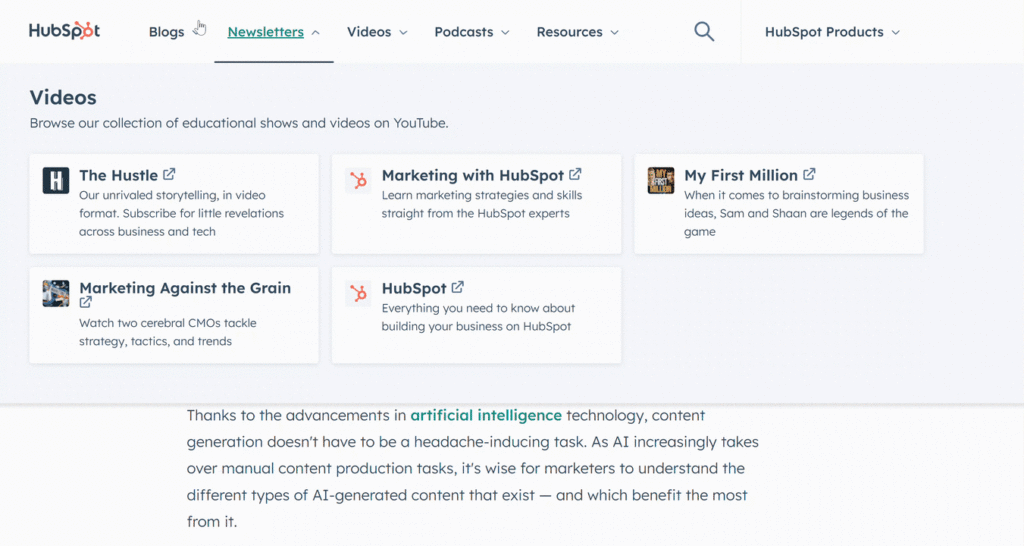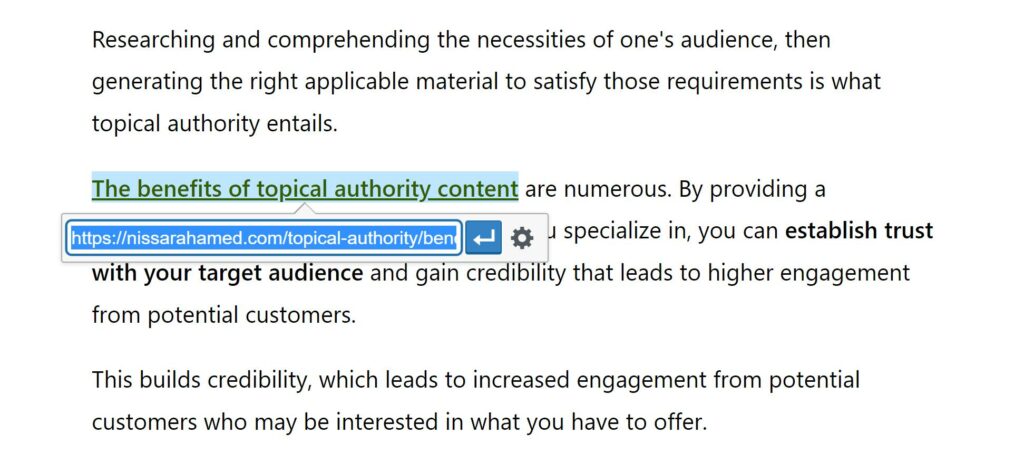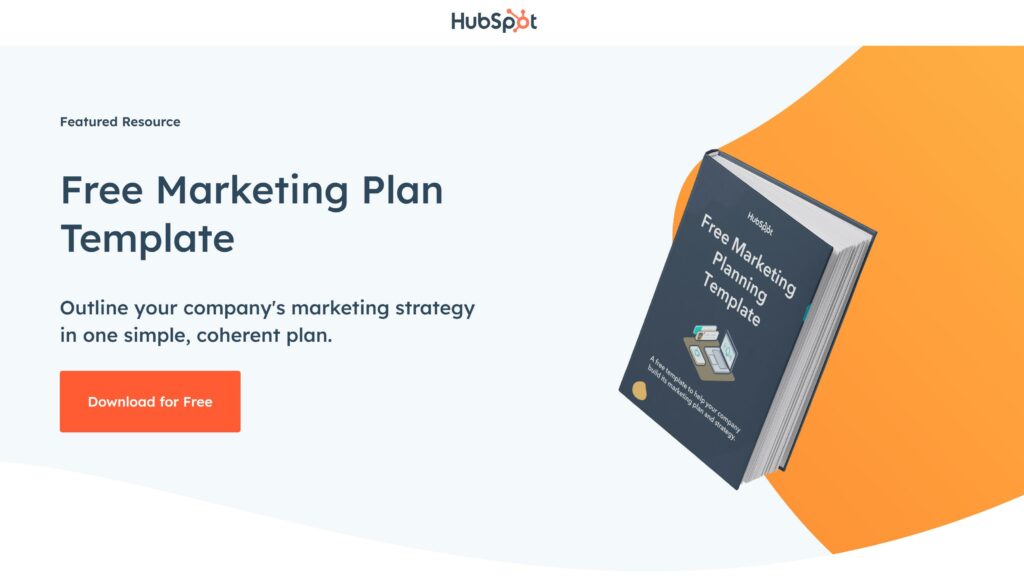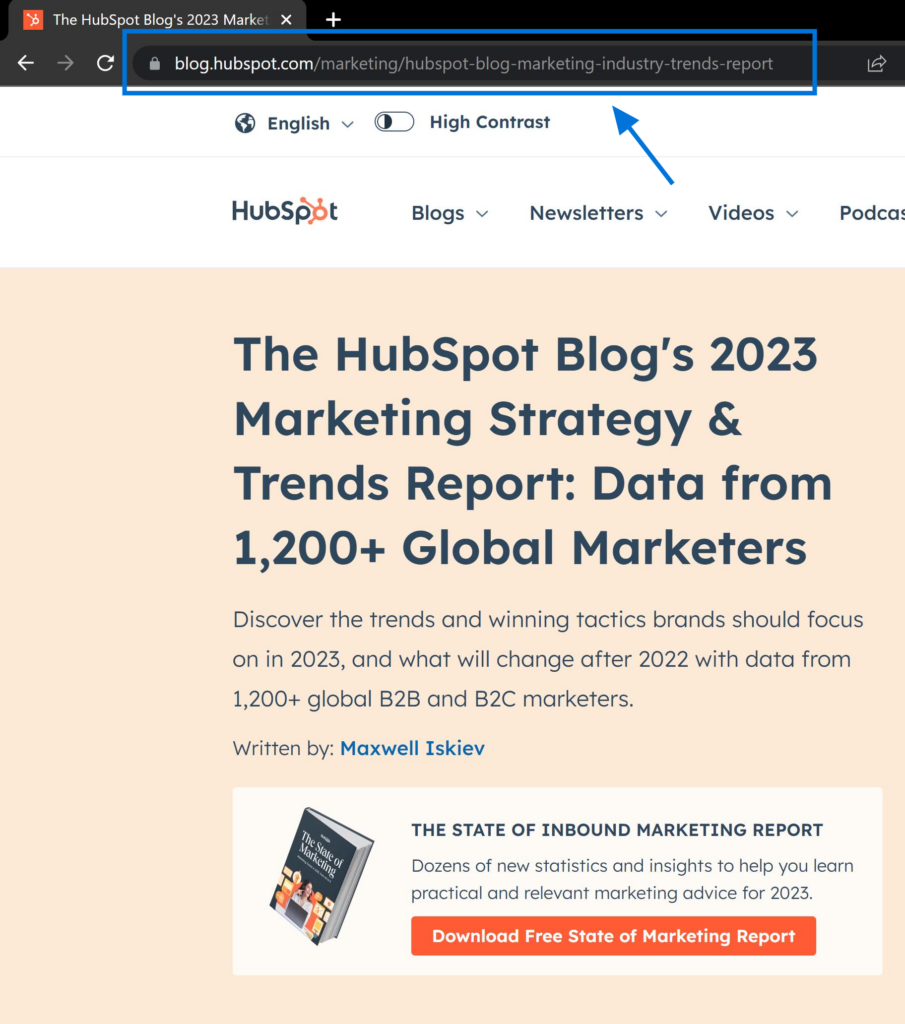Are you having trouble getting your website to show up at the top of Google search results? Do you want to know how to enhance your SEO?
Look no further than site structure SEO. This often overlooked aspect of website design holds the key to boosting your rankings and enhancing user experience.
Site structure SEO refers to the organization and hierarchy of your website’s pages. Ensuring a well-structured site makes it easier for search engines like Google to crawl and index your content. Plus, a proper site structure helps users navigate through your pages more efficiently.
With the right approach, you can optimize your main navigation, homepage, internal links, cornerstone content, and navigation menus. Tools like Yoast SEO, RankMath, and Google Search Console provide valuable insights into improving your site’s structure.
A well-designed website architecture plays a crucial role in determining the success of your SEO efforts. It not only impacts how search engines understand and rank your site but also enhances user experience, leading to higher conversion rates.
Let’s delve into the significance of website architecture and its impact on SEO.
What is a Site Structure in SEO?
A site structure in SEO refers to the organization and layout of a website’s pages and content. It is the way in which the different pages and sections of a website are interconnected and organized to provide a clear and logical hierarchy.
A well-structured site is crucial for search engine optimization as it helps search engines understand the content and context of a website, making it easier for them to crawl and index the site.
A good site structure not only benefits search engines but also improves the user experience.
It allows visitors to navigate the website easily, find the information they are looking for and encourages them to stay longer on the site.
Having a well-organized and user-friendly website layout is crucial in helping visitors navigate through different pages and sections with ease. This can encourage them to delve deeper into the content and interact more with the website.
There are several key elements to consider when creating a site structure for SEO.
One important aspect is the use of categories and subcategories to organize the content. This helps create a logical hierarchy and makes it easier for search engines and users to navigate the site. It is also important to have a clear and consistent URL structure that reflects the site’s organization.
Another aspect of site structure is internal linking.
Internal links are links that connect different pages within the same website. They play a crucial role in establishing the hierarchy and importance of pages within a site.
By strategically linking relevant pages together, you can guide search engines to understand the most important pages and improve their visibility in search results.
Importance of Website Architecture for SEO Success
The organization and structure of your website, such as its navigation, internal linking, URL structure, and overall layout, are what is referred to as website architecture.
A solid foundation in website architecture ensures that all pages are easily accessible by both users and search engines. Here’s why it matters:
Ensuring Accessibility for Users and Search Engines
A good website architecture ensures that every page on your site is easily discoverable by users as well as search engine crawlers.
When your site is well-structured with clear navigation menus and logical hierarchy, visitors can effortlessly find what they’re looking for. This leads to improved user engagement, longer browsing sessions, and ultimately higher conversion rates.
Moreover, search engine crawlers rely on a well-designed architecture to navigate through your site efficiently.
By providing clear pathways for these bots to follow, you increase the chances of having all your web pages indexed and ranked appropriately.
Enhancing User Engagement
User engagement is a critical factor in determining the success of any online business.
A seamless website architecture helps create a positive user experience by making it easy for visitors to browse through different sections of your site without any confusion or frustration.
For instance, when users can quickly find related content through intuitive internal linking structures or relevant suggestions at the bottom of each page, they are more likely to stay longer on your site. This increased dwell time signals search engines that your content is valuable and relevant, potentially boosting your rankings.
Improving Search Engine Rankings
Search engines consider various factors when ranking websites in their search results pages (SERPs).
One important aspect they evaluate is a site’s overall structure and organization.
If your website architecture is poorly designed, search engines may struggle to understand the content and relevance of your pages, resulting in lower rankings.
A well-structured website, on the other hand, enables search engines to crawl and index your pages more effectively. This can lead to improved visibility in SERPs and increased organic traffic.
By optimizing your site architecture for SEO, you ensure that search engines can easily navigate through your content and identify its value.

Understanding the Ideal Site Structure for SEO Success
A good site structure is crucial for optimizing your website’s visibility in search engine results. By organizing your content in a logical and hierarchical manner, you can improve user experience and make it easier for search engines to crawl and index your pages.
Let’s explore the key elements of an ideal site structure for SEO success.
Hierarchical Structure with Clear Navigation
The foundation of a well-structured website lies in its hierarchy.
A hierarchical structure ensures that each page on your site has a designated place within the overall organization. This allows users to navigate your website intuitively, finding relevant information quickly.
Implementing a clear main navigation menu enables visitors to easily access different sections or categories of your content.
Categorizing Content into Logical Sections
To enhance user experience and facilitate search engine optimization, categorize your content into logical sections or SEO silos based on topics or themes. This approach helps both users and search engines understand the organization of your website better.
For example, if you have an e-commerce site selling various products, create separate landing pages or sections for different product categories such as electronics, clothing, or home appliances.

Unique Purpose and Targeted Keywords for Each Page
Each page within your site should serve a unique purpose and target specific keywords or topics. This ensures that you cover a wide range of relevant queries while avoiding keyword cannibalization – multiple pages competing for the same keywords.
Conduct thorough keyword research to identify high-potential keywords related to each page’s topic or purpose.
Implementing Internal Linking Strategy
Internal linking plays a vital role in establishing relationships between related pages on your website.
By strategically placing internal links throughout your content, you guide users through their journey on your site while signaling to search engines which pages are important.
Consider incorporating contextual anchor text within these internal links to provide additional relevance signals for both users and search engine crawlers.

Enhancing User Journey and Reading Experience
A well-structured site not only helps search engines but also enhances the user journey and reading experience.
By organizing your content logically, users can easily find what they are looking for, increasing their engagement and time spent on your website.
Ensure that your pages are easy to read with clear headings, concise paragraphs, bullet points, and relevant visuals.
Creating Landing Pages for Products or Services
If you offer specific products or services, creating dedicated landing pages is essential. These landing pages should provide detailed information about the product or service and include persuasive elements such as customer testimonials or case studies.
Optimize these pages with targeted keywords to attract relevant traffic and drive conversions.

Creating an SEO-Friendly Website Structure with Descriptive URLs
One of the key factors to consider is the URL structure.
A well-organized and descriptive URL can significantly improve your website’s visibility in search engine results pages (SERPs) and enhance user experience.
Use Descriptive URLs that Include Relevant Keywords
A friendly website structure starts with using descriptive URLs that include relevant keywords instead of generic ones.
Generic URLs or Relative links like “www.example.com/page1” provide little information about the page’s content, making it harder for both search engines and users to understand what the page is about.
On the other hand, a descriptive absolute URL such as “www.example.com/product-category/product-name” provides valuable information about the category and specific product being showcased.
By incorporating keywords into your URLs, you make it easier for search engine crawlers to identify and index your content and improve your chances of ranking higher for those keywords.
This practice helps establish a clear connection between your website’s content and its corresponding URL.

Organize URLs in a Logical Manner
To create a good structure for your website’s URLs, organize them logically that reflects the site’s hierarchy and content organization.
Consider how different pages are related to each other and group them accordingly. For instance, if you have subpages within category pages, ensure their URLs reflect this hierarchical relationship.
Avoid excessive use of subfolders in URL structures, as they can make it harder for search engines to crawl and understand the content. Keep the structure simple yet meaningful by using subcategories or taxonomies when necessary.
Additionally, consider creating topic clusters to establish topical authority in that topic or theme.
Ensure Readability for Humans
While optimizing your URL structure for search engines is essential, don’t forget about human readability.
Make sure that your URLs are easily understandable by humans, enhancing the user experience on your website.
A readable URL not only helps users navigate your site more effectively but also serves as an indicator of trustworthy and reliable content.
For example, compare the following URLs:
- Unreadable: “www.example.com/p=12345“
- Readable: “www.example.com/seo-tips-for-beginners“
The second URL is much more user-friendly and clearly indicates what the page is about.
Aim for concise yet descriptive URLs that give users a glimpse into the content they can expect to find.
Utilize Internal Linking and Contextual Links
A well-structured website also incorporates internal linking, which is crucial in SEO.
By strategically placing contextual links within your content, you can guide search engines and users to relevant pages on your site. This practice helps distribute authority throughout your website and creates a logical flow of information.
For instance, if you mention a specific product or topic in an article, include a contextual link to its corresponding product page or category page.
This internal linking strategy improves both SEO and user experience by providing additional information to interested visitors.
Additional FAQs on Website Structure
How Does Site Structure Affect SEO?
Site structure plays a crucial role in SEO as it helps search engines understand the organization of your content and improves user experience.
A well-structured site enhances indexing, increases visibility in search results, and boosts organic traffic.
What Is a SEO-Friendly Website Structure?
An SEO-friendly website structure involves:
Organizing content into logical categories and subcategories.
Using descriptive URLs.
Ensuring easy navigation for both users and search engine crawlers.
This helps search engines crawl and index the pages effectively.
Why are Descriptive URLs Important for SEO?
Descriptive URLs provide valuable information to both users and search engines about the content of a webpage. Including relevant keywords in URLs can improve click-through rates, reduce bounce rates, and signal relevance to search engines.
How Can I Establish Expertise Through My Site Structure?
By organizing your site’s content into a logical hierarchy, you can effectively demonstrate your expertise to your audience.
A well-structured site allows visitors to easily navigate through your content, find relevant information, and understand the depth of your knowledge.
What are Some Common Mistakes to Avoid When Structuring a Website for SEO?
Some common mistakes include having too many levels of navigation, using vague or irrelevant URLs, neglecting internal linking opportunities, or creating duplicate content.
Following best practices to avoid these pitfalls and optimize your site structure effectively is essential.
Conclusion: The Importance of Site Structure in SEO Success
In conclusion, a well-structured website is crucial for achieving success in SEO. How your website is structured can greatly impact how search engines interpret and evaluate your information.
Following the guidelines for creating an SEO-friendly site structure can improve your chances of ranking higher in search engine results pages (SERPs) and attracting more organic traffic.
The first key point to consider is the importance of website architecture for SEO success.
A clear and logical structure allows search engine crawlers to navigate through your site easily, ensuring that all your valuable content gets indexed. This improves the visibility of your web pages and increases the likelihood of them appearing in relevant searches.
Understanding the ideal site structure is another critical aspect.
By organizing your content into categories and subcategories, you provide a hierarchical framework that makes it easier for both users and search engines to find what they are looking for. This intuitive structure enhances user experience and helps search engines determine the relevance and context of each page.
Creating descriptive URLs is also essential when building an SEO-friendly website structure.
Including relevant keywords in your URLs not only helps with indexing but also provides users with a clear idea of what to expect when clicking on a link. This improves click-through rates and reduces bounce rates, signaling to search engines that your content is valuable and engaging.
To maximize the impact of your site structure on SEO success, remember Google’s E-A-T concept: expertise, authoritativeness, and trustworthiness.
Establish yourself as an authority in your niche by providing high-quality content that demonstrates expertise. Back up claims with credible sources or case studies to build trust with both users and search engines.
In summary, optimizing your site structure for SEO success involves:
- Creating a logical hierarchy.
- Using descriptive URLs.
- Demonstrating expertise through high-quality content.
- Building trust with users and search engines alike.
To enhance your website’s discoverability, increase organic traffic, and attain better rankings in search engine results pages (SERPs), it is recommended that you implement the following strategies. Act promptly and reassess your website’s structure to guarantee that it adheres to SEO best practices.
